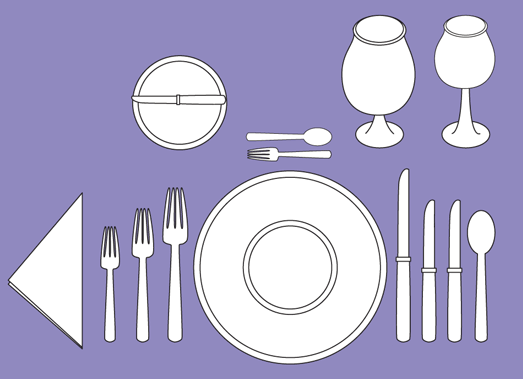Laura Claridge has just published a biography on Emily Post. To the delight of fans, Emily Post was quite the woman living in quite the time. To her detractors, Emily Post is still no more than an arbiter of manners including the extended pinky finger while quietly sipping tea.
It was in 1922 that Emily Post wrote her famous guide to social etiquette. Some people now perceive it as an obsolete set of behavioral rules for people in high society. However, this interpretation misses its theme: the promotion of core values like consideration, thoughtfulness, and kindness. It is also misses the personal benefits of good manners, which include confidence, self-respect, and an instinctual feeling that one is doing the right thing. Following an outward set of behavioral rules enables us to fulfill our inward human need of belonging and being a member of a society. What has changed since Post first published her guidebook is the prescribed behavior. What hasn’t changed are the fundamental core values behind the manners.
Whereas etiquette provides guidelines for person-to-person, universal design provides guidelines for the environments we occupy and the tools we use; it is environment-to-person (or to product). No longer will building just be about shelter, function or good looks. Universal design brings etiquette to how your home is crafted. A home or community that applies these guidelines is one that is inviting and welcoming to all; it is a well-mannered house. It is a house that fulfills that need of human belonging. No longer is one shut out because an “ignorant” building unfairly impedes entry due to a limitation in physical ability.
Konrad Kaletsch

